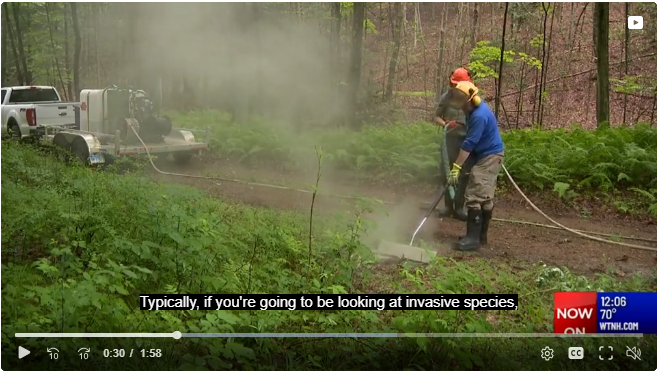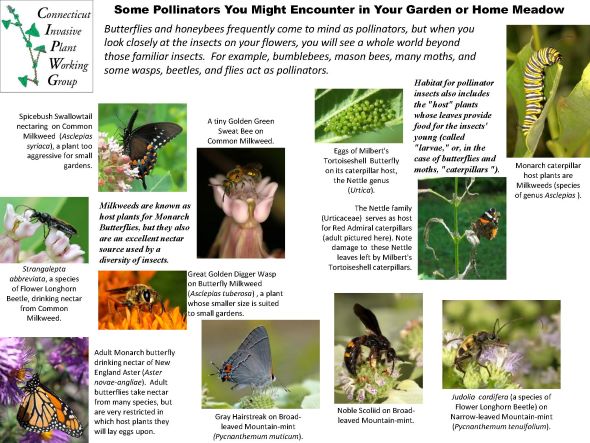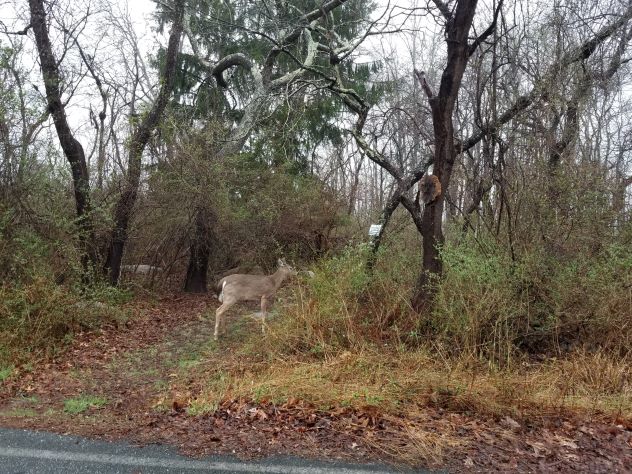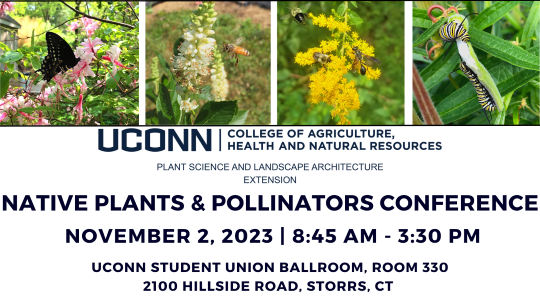
By Jayden Nguyen, Staff Writer
April 29, 2025
Guide to invasive plants in Connecticut
As spring flowers begin to emerge for the season, less desirable invasive plants are also starting to grow throughout Connecticut.
An invasive plant is a species of plant that is not native to the area and can cause environmental harm in “habitats that are not intensely managed,” according to Victoria Wallace, a sustainability, turf and landscape extension educator at UConn.
“In minimally-managed areas, invasive plants crowd out native plants,” Wallace said. “The presence of invasive plants alters the way plants, animals, soil and water interact within native ecosystems, often causing harm to other species.”
In Connecticut, there are some invasive plant species that are more common:
Herbaceous plants:
- garlic mustard
- Japanese knotweed
- common reed
- purple loosestrife
- spotted knapweed
Woody plants (trees, shrubs and vines):
- Japanese honeysuckle
- tree-of-heaven (which attracts spotted lanternflies)
- black locust
- autumn olive
- multiflora rose
- Morrow’s honeysuckle
- Japanese barberry
Wallace said that invasive plants typically have a high reproductive rate, the ability to disperse at wide distances and grow rapidly “under a wide variety of conditions.”
“Some invasive plants spread by seed, some by asexual reproduction,” Wallace said. “Invasive plants are often accidentally introduced to new locations through improperly treated mulch or compost, or seeds stuck on mowing (equipment) or other equipment.”
Wallace said that invasive plants’ seeds can also be dispersed via wind, water, vehicles, boats and birds or other wildlife.
Garlic mustard is one of the annual invasive plants that frequently comes up in the spring in Connecticut, Wallace said. The Connecticut Invasive Plant Working Group, or CIPWG, provides a calendar for invasive plant management, so that gardeners can identify when certain types of invasive plant species are more likely to grow and the best methods for removing them.
Wallace said that once gardeners identify the invasive plant species growing in their gardens, there are several ways that they can be removed.
Removing and controlling invasive plants from a garden
“Invasive removal can be done via a combination of mechanical and chemical controls,” Wallace said. “The best control methods depend on the species, time of year and the site.”
If dealt with early enough, Wallace and UConn’s CIPWG said that most invasive plant species should be able to be removed with non-chemical methods. Herbicides, or weed killers, may be necessary to remove infestations of invasive plants that have become well established or widespread.
Wallace said that flame weeding can help remove invasive plants, although she does not recommend using flame weeding in windy or dry weather conditions. Biocontrol, or biological control, is another method that Wallace recommended. Biocontrol involves using certain insects or pathogens, such as fungi and viruses, to control unwanted insects, weeds or diseases, according to UConn’s College of Agriculture, Health and Natural Resources.
Gardeners can also grow plants that are native to Connecticut to help remove and replace non-native invasive plants.
“Every plant is native to some location. When a plant is grown outside of its original location, it is usually classified as a non-native plant,” Wallace said. “Some people really try to focus on plants native to Connecticut, however, it’s perfectly okay to mix native and non-native plants in the landscape, as long as the non-natives are not invasive.”
There are several types of plants that are native to Connecticut that gardeners can grow to remove invasive plants, including perennial plants — which grow and bloom each spring and summer — and woody plants, Wallace said.
“Some great options for perennials include goldenrods, asters, Joe Pye Weed, bee balm, mountain mint – these all are easy to grow and great for pollinators,” Wallace said. “Some woody natives that are easy to grow and beneficial for pollinators include maples and oaks, summersweet, blueberry, northern bush honeysuckle and spicebush.”
Wallace and CIPWG said that controlling invasive plant species is important to prevent “biological pollution” and “reduce negative impacts” on natural ecosystems in Connecticut and throughout the U.S. Wallace said that she suggests for Connecticut gardeners to “increase the number of native species” of plants in their gardens to help decrease the spread of invasive plants.
“Choose plants native to Connecticut to allow native pollinators greater access to and more diversity in their source of food throughout the growing season,” Wallace said. “A healthy and landscape provides both protection and a diversity of food sources for our beneficial insects.”
Guide to invasive plants in Connecticut
Here are some of the invasive plants you may find in your garden this season.
Herbaceous Plants
Woody Plants (trees, shrubs, vines)
- Black swallow-wort
- Winged euonymus (burning bush)




